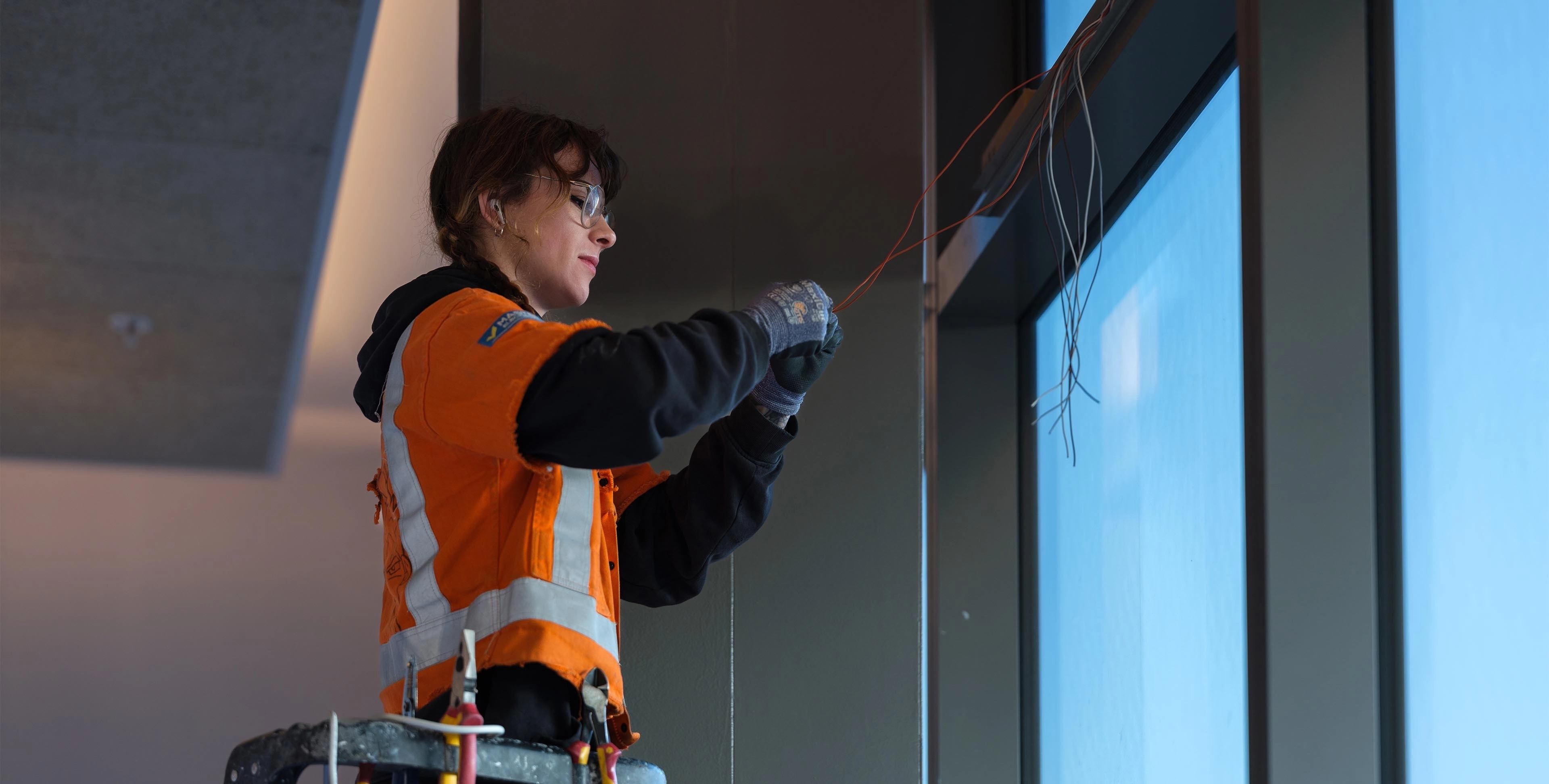
Practical Sustainability
Preformance offers a broad range of sustainability services, working together to help you define and achieve your sustainability goals with your current or future assets.
Systems and material analysis
System and material analysis provides a localised insight into the environmental impacts of specific materials and systems.
Further analysis can identify cost versus the impact of embodied carbon. This assessment presents clients with an opportunity to distinguish between materials and systems that offer the best cost ($) per CO2e ratio.
Preformance can offer this analysis at all design stages and may assess a broad range of comparative materials or systems to ascertain your desired ratio.
Green Star | Home Star submission management
Preformance has the in-house capability to manage the Green Star and Home Star submission process.
With several practitioners and accredited professionals boasting a wide range of experience within sustainable design theory and submission management, the process could not be made simpler. The team can offer advice on all compliance pathways, provide recommendations on key credits, and manage the collation and submission process.
Life cycle costing
LCC’s provide a holistic view of costs attributed to the primary stages of a building’s lifecycle. Preformance will visualise this data and present the opportunity to compare design scenarios to ensure you are presented with the most eco-friendly and cost-efficient design.
Life cycle carbon analysis (LCA)
Preformance can complete carbon assessments at any project phase to help clients identify instances of major carbon emissions, including design processes, systems, and material selection. This pre-construction insight into a project’s embodied carbon values provides the opportunity for the client and Preformance to collaboratively decrease these values to within a sustainable threshold.
Upon completion of LCA, the design team will work with you to decrease the building’s embodied and operational carbon value in either a broad sense of kgCO2e/m2 (embodied carbon/ m2) or a more precise scope, such as a reduction in certain systems, processes, materials and more.

1. Pre concept - Build less
Challenge the brief and explore adaptive re-use. Furthermore, explore simple changes such as reduced floor area, reduced façade, and simplified layouts. Establish carbon briefs and set upfront and operational targets, and run carbon innovation workshops
2. Concept - Build clever
Consider timber structure, passive design, and high performance façades. Establish carbon opportunities register and prioritise carbon focus areas. Undertake concept level LCA to identify focus areas.
3. Developed - Build efficiently
Consider low energy HVAC systems, on-site renewables, and electric steam generation. Undertake energy and refrigerant analysis. Undertake developed level LCA and establish offsetting pathways.
4. Detailed/Construction - Waste less
Consider prefabrication, modular design, and waste recycling. Undertake procurement/supply chain assessments and review construction methodologies. Introduce on-site waste reporting and consider previous design and construction lessons learnt.
5. Operation - Use well
Consider behavioural carbon (EV charging, bike storage, WFH), and building optimisation and tuning. Introduce building analytics platform and quarterly reviews on building performance. Introduce building performance dashboard.
6. Demolition - Use again
Consider flexibility, durability, demountability, and adaptive reuse. Achieve this through reuse strategies, low damage design, seismic assessments, product circularity assessment, deconstructability assessment, and building life expectancy assessment.